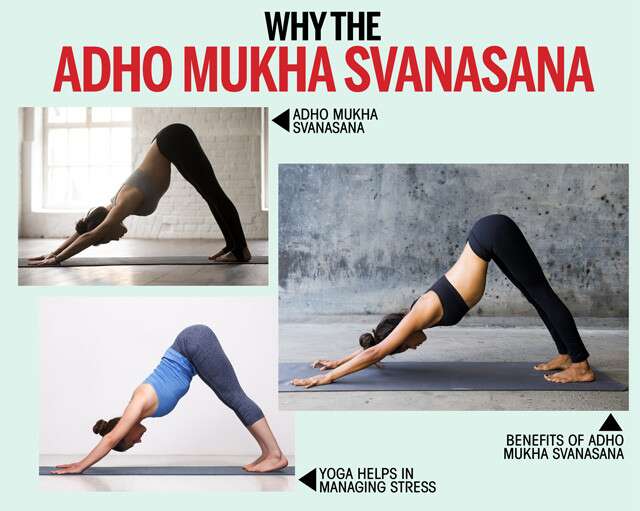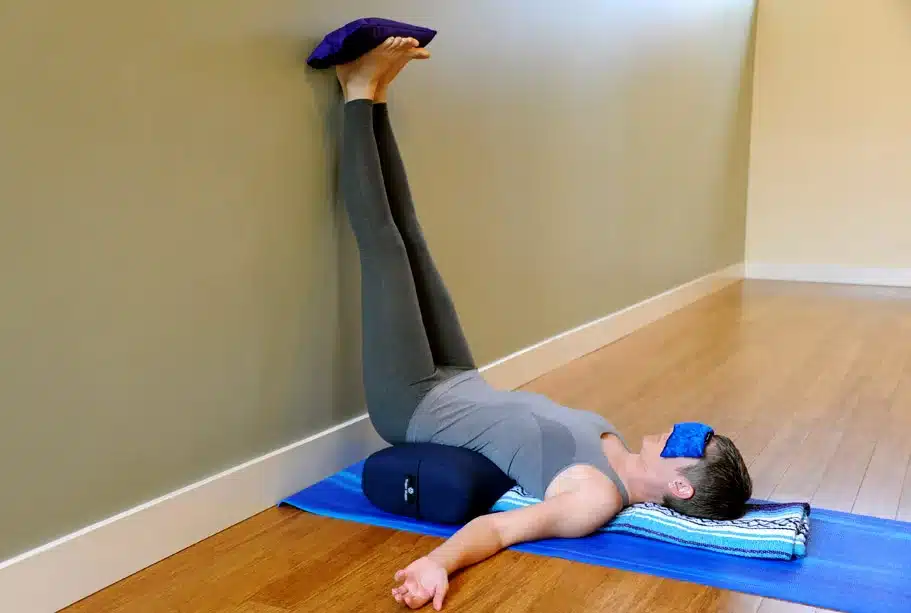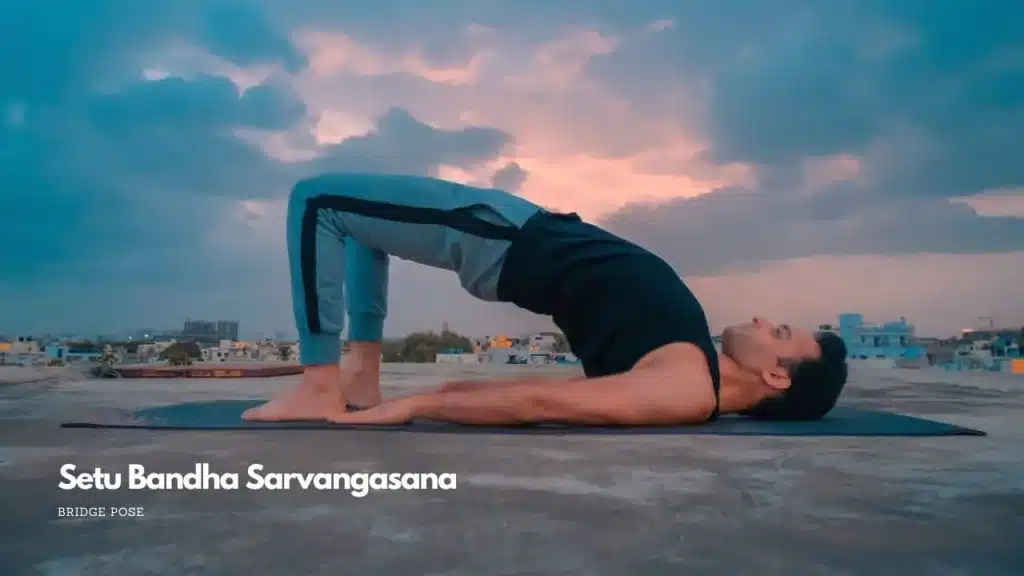A Brief About Yoga
Yoga is a holistic and ancient practice that originated in India thousands of years ago. It encompasses a wide range of physical, mental, and spiritual techniques aimed at achieving harmony and balance in one’s life. The word “yoga” itself means union or connection, signifying the integration of body, mind, and spirit.
Here are some key aspects of yoga:
- Physical Postures (Asanas): Yoga includes a variety of physical postures or asanas that are designed to improve flexibility, strength, and balance. These postures are often named after animals, objects, or natural elements and are performed with mindful breathing and concentration.
- Breath Control (Pranayama): Pranayama involves various breathing exercises aimed at controlling the breath. It helps to calm the mind, increase lung capacity, and promote overall well-being. Proper breathing techniques are a fundamental part of yoga practice.
- Meditation and Mindfulness: Yoga emphasizes mindfulness and meditation as essential tools for self-awareness and mental clarity. These practices help individuals to reduce stress, improve focus, and cultivate inner peace.
- Philosophy: Yoga is rooted in a rich philosophical tradition that explores concepts like dharma (duty), karma (action and consequence), and the pursuit of spiritual enlightenment. The Yoga Sutras of Patanjali is one of the most well-known texts that codify the philosophy of yoga.
- Lifestyle and Ethics: Yoga encourages a balanced and ethical lifestyle, which includes principles like non-violence (ahimsa), truthfulness (satya), and self-discipline. Practitioners often strive to live harmoniously with themselves and the world around them.
- Health Benefits: Regular practice of yoga has been associated with numerous physical and mental health benefits. These may include increased flexibility, reduced stress and anxiety, improved posture, better sleep, and enhanced overall well-being.
- Variety of Styles: There are various styles of yoga, each with its own emphasis. Some popular styles include Hatha yoga (focused on physical postures), Vinyasa yoga (flowing movements coordinated with breath), and Kundalini yoga (spiritual awakening).
Yoga is a highly adaptable practice that can be tailored to individual needs and abilities. It is widely practised around the world and has become a popular means of improving both physical and mental health. Whether for fitness, stress relief, or spiritual growth, yoga offers a holistic approach to well-being and self-discovery.
Yoga Poses to Relieve Stress and Promote Relaxation
In the paced world we live in today stress and anxiety have become a part of our everyday lives. Our hectic schedules, demanding work commitments and personal responsibilities often leave us feeling overwhelmed and drained. Luckily yoga provides an efficient solution, for alleviating stress and fostering a sense of calmness. In this article,
Why Yoga Works to Reduce Stress and Promote Relaxation?
For thousands of years, yoga has been practised to improve one’s physical, mental, and emotional health. Regular yoga practice may help you relax and relieve tension in your body and mind as well as stress and anxiety. In order to reduce tension and promote relaxation, yoga is useful for the following reasons:
- Yoga helps people unwind by quieting their minds and minimizing mental chatter.
- Through the release of tense muscles and increased flexibility, yoga lowers physical tension.
- Yoga enhances breathing, which can make you feel more serene and in control.
- Your body can rest and heal from stress because of yoga’s stimulation of the parasympathetic nervous system.
Best Yoga Poses for Stress Relief and Relaxation
Child’s Pose (Balasana)
- His position is excellent for relieving stress and alleviating tension in the shoulders, back, and neck.
- Your knees should be hip-width apart while you knead the ground with your big toes in contact.
- Put your forehead down on the floor while extending your arms forward.
- Hold this position for one to two minutes while inhaling deeply.

Downward-Facing Dog (Adho Mukha Svanasana)
- This position is excellent for relaxing the hamstrings, calves, and back.
- Begin on your hands and knees, placing your knees precisely beneath your hips and your wrists directly under your shoulders.
- While raising your hips and back, straighten your arms and legs.
- Hold this position for one to two minutes while inhaling deeply.

Legs-Up-The-Wall Pose (Viparita Karani)
- This position is excellent for lowering leg and foot swelling as well as for soothing the mind.
- Swing your legs up the wall while seated with one hip against a wall.
- Close your eyes and rest your arms at your sides.
- Hold this position for five to ten minutes while inhaling deeply.

Corpse Pose (Savasana)
- This position is excellent for encouraging relaxation and lowering tension and anxiety.
- Lay on your back with your legs outstretched and your arms by your sides.
- Keep your eyes closed and concentrate on your breathing.
- Hold this position for five to ten minutes while taking deep breaths.

Cat-Cow Pose (Marjaryasana/Bitilasana)
- This relaxation-inducing stance eases stress in the neck and spine.
- Begin on your hands and knees, placing your knees precisely beneath your hips and your wrists directly under your shoulders.
- Take a deep breath in and adopt the “Cow pose,” elevating your head and tailbone to the ceiling.
- Exhale while rounding your spine, pushing your tailbone toward your knees, and tucking your chin to your chest (cat position).
- Repeat 5–10 times, synchronizing your breathing with your motions.

Standing Forward Bend (Uttanasana)
- This position eases stress in the neck, back, and hamstrings.
- Place your feet hip-width apart, bend forward at the hips, and stand straight.
- Let your head dangle down and grip the elbows on either side with both hands.
- Hold this position for one to two minutes while inhaling deeply.

Bridge Pose (Setu Bandha Sarvangasana)
- This relaxation-inducing stance eases stress in the legs and lower back.
- Knees bent and feet hip-width apart while you lay on your back.
- Lift your hips up toward the ceiling while pressing your feet firmly onto the ground.
- Place your hands behind your back and take a few minutes to breathe deeply.

Additional Techniques for Dealing with Stress and Anxiety
While yoga may be an effective tool for reducing stress and increasing relaxation, it’s crucial to also include other self-care techniques in your regimen. Here are some more methods for controlling stress and anxiety:
- Put mindfulness meditation to use.
- Obtain adequate rest.
- Consume a balanced, healthful diet.
- Spend time outside
- Message your loved ones.
- Consult a specialist if necessary.
Also Read: The Benefits of Regular Exercise for Your Mental Health: Why Exercise is Good for Your Brain
Yoga Techniques for Reducing Stress and Relaxation
- Practice regularly: Gaining the relaxation and stress-relieving benefits of yoga requires regular practice.
- Find a quiet space: Select a peaceful, quiet location for your practice where you won’t be disturbed or distracted.
- Breathe deeply: During your yoga practice, pay attention to your breath and practice calm, deep breathing.
- Listen to your body: Respect your body’s limitations and refrain from overdoing it. If a position causes you pain, ease up on it or adjust it.
Conclusion
In conclusion, the greatest yoga positions for stress reduction and relaxation may support your natural and effective management of stress and anxiety. You may achieve inner peace, let go of physical strain, and quiet your mind by including these positions in your daily yoga practice. For the best stress management, keep practising, pay attention to your body, and include other self-care practices into your daily routine.
